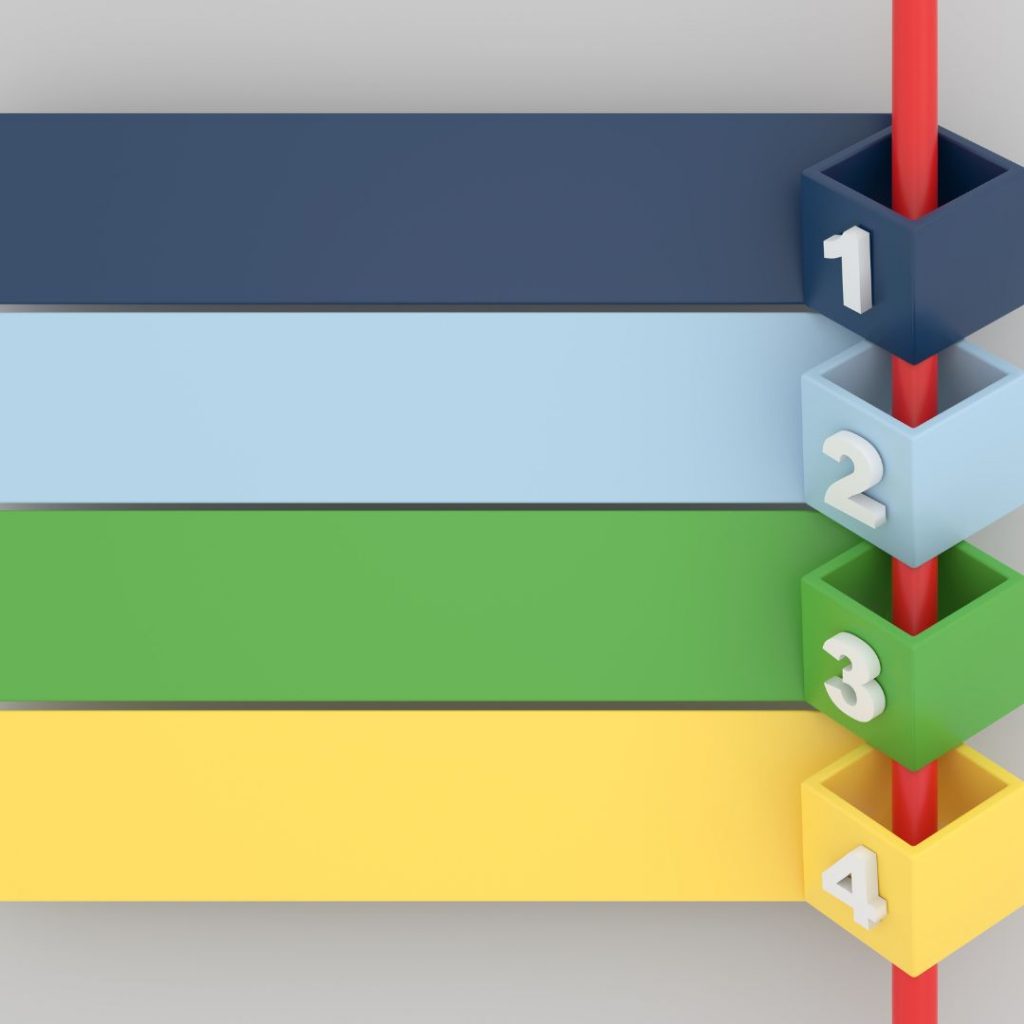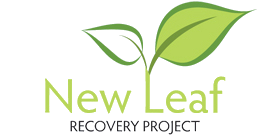Codeine Withdrawal Symptoms Timeline

At New Leaf Recovery, we recognise that prescription medications like codeine can provide much-needed relief from pain and discomfort. However, long-term or excessive use can lead to physical dependence and, in many cases, addiction. If you or a loved one are trying to stop using codeine, it’s important to understand what the withdrawal process looks like.
Withdrawal can be a difficult and very distressing experience, but knowing what to expect can empower you to take control and seek the right support. In this blog, we’ll explore what codeine is, how addiction develops, and most importantly, the withdrawal symptoms you may face.
What is Codeine?
Codeine is an opiate medication used to treat mild to moderate pain. It’s commonly found in prescription-only medications and over-the-counter combinations with paracetamol, ibuprofen, or aspirin. While its effective in the short term, repeated or prolonged use can lead to the body developing a tolerance. This means higher doses are needed to achieve the same pain-relieving effect, which increases the risk of dependency.
As an opioid, codeine alters how the central nervous system perceives pain. Unfortunately however, it also triggers the brain’s reward system, leading to the risk of misuse, especially when taken in larger amounts or more frequently than what is prescribed.
How Codeine Addiction Develops
Addiction to codeine often starts subtly. You might begin by taking a little more than recommended to get better pain relief, or use it to cope with stress or anxiety. Over time, the body and brain begin to rely on codeine not only to manage pain but also to regulate mood and sleep.
When this reliance takes root, trying to reduce or stop codeine use can cause a range of withdrawal symptoms—both physical and emotional, which is a clear sign of dependence.
Common behaviours that may indicate addiction include:
- Increasing tolerance (needing more codeine for the same effect).
- Taking codeine more frequently than prescribed.
- Preoccupation with obtaining or using codeine.
- Avoiding responsibilities due to drug use.
- Feeling unwell or anxious when not using the drug.
Recognising these signs early can be the first step toward recovery.
Codeine Withdrawal Symptoms: What to Expect
Codeine withdrawal symptoms vary in intensity depending on the duration and amount of codeine used. People who have used the drug for a long time or in higher doses may experience more severe withdrawal effects.
Common Physical Symptoms
- Muscle aches and joint pain
- Nausea, vomiting, or diarrhoea
- Runny nose and watery eyes
- Stomach cramps
- Excessive sweating
- Chills and goosebumps
- Tremors or shaking
- Fatigue and low energy
- Headaches or migraines
Common Emotional Symptoms
- Anxiety or panic attacks
- Depression or feelings of hopelessness
- Restlessness or agitation
- Insomnia or disrupted sleep
- Cravings for codeine
- Mood swings or irritability
- “Brain fog” or trouble concentrating
These symptoms are your body’s response to the sudden absence of codeine after becoming accustomed to its presence.
How Long Do Codeine Withdrawal Symptoms Last?
The length and intensity of codeine withdrawal symptoms can vary greatly depending on several factors, including how long you’ve been using the drug, the dosage, whether it was combined with other substances, and your overall physical and mental health.
For most people, acute withdrawal symptoms begin within 6 to 12 hours of the last dose and peak between 2 to 4 days. This is when the physical effects, like nausea, sweating, body aches, and insomnia, tend to be the most severe. However, the full withdrawal process doesn’t end there.
While physical symptoms typically subside within 7 days, many people experience ongoing emotional and psychological effects such as anxiety, depression, sleep issues, and cravings. This phase is known as Post-Acute Withdrawal Syndrome (PAWS) and can last for several weeks to a few months after detox, especially if codeine was used long-term.
Understanding this timeline can help manage expectations and reinforce the importance of long-term support. Let’s break it down further so you know exactly what to expect at each stage of the withdrawal process.
Codeine Withdrawal Symptoms Timeline
0–12 Hours After Last Dose: Early Onset
Codeine has a short half-life, meaning withdrawal symptoms can begin as early as a few hours after the last dose.
Symptoms at this stage may include:
- Restlessness
- Anxiety or uneasiness
- Mild muscle aches
- Yawning
- Trouble sleeping
- Irritability
- Slight chills or sweating
Though the symptoms may seem mild initially, they can rapidly intensify over the next 24 hours.
12–48 Hours: Withdrawal Peaks
This is often the most difficult stage, with symptoms reaching their most intense levels. The body is reacting strongly to the absence of codeine, especially after long-term use.
Physical symptoms may include:
- Severe muscle and joint pain
- Nausea, vomiting, and diarrhoea
- Profuse sweating and chills
- Shaking or tremors
- Runny nose, watery eyes
- Headaches or migraines
- Fatigue and body weakness
Emotional symptoms may include:
- Panic attacks or high anxiety
- Severe mood swings
- Depression and emotional sensitivity
- Intense cravings for codeine
- Insomnia or vivid nightmares
Without medical supervision, this stage can be dangerous, both physically and psychologically. Relapse is most likely during this period, as the urge to use can feel overwhelming.
48–72 Hours: The Acute Phase
While symptoms may still be intense, they typically begin to plateau around the third day. Some physical effects like vomiting or diarrhoea may subside, but emotional and psychological symptoms can persist.
Symptoms during this period may include:
- Deep fatigue or exhaustion
- Muscle stiffness
- Restless legs
- Continued anxiety or depression
- Irritability or frustration
- Cravings that fluctuate in intensity
- Continued insomnia
3–7 Days: Symptoms Begin to Subside
Most of the physical withdrawal symptoms gradually decrease by the end of the first week. However, emotional struggles and sleep disturbances may continue.
Symptoms may include:
- Lingering anxiety
- Emotional numbness or flatness
- Low energy or apathy
- Disrupted sleep
- Occasional stomach upset
- Low motivation or mental fog
This phase is critical for psychological support. Many people feel emotionally drained or even hopeless, so ongoing care is essential to prevent relapse.
1–4 Weeks: Post-Acute Withdrawal Syndrome (PAWS)
While the initial detox period may be over, some individuals experience lingering symptoms—known as PAWS. These can persist for weeks or even months depending on the individual’s physical and mental health, history of use, and co-occurring conditions.
PAWS symptoms may include:
- Intermittent anxiety and depression
- Difficulty concentrating or “brain fog”
- Trouble sleeping
- Irritability or emotional blunting
- Cravings triggered by stress or emotional situations
- Low self-esteem or motivation
PAWS can be discouraging, but with the right therapeutic tools and ongoing support, you can overcome it. Managing expectations and maintaining a structured routine during this period can make a significant difference.
Codeine Withdrawal Symptoms Timeline: How New Leaf Can Help
At New Leaf Recovery, we understand the complexities of codeine withdrawal and the courage it takes to begin recovery. That’s why we offer personalised care tailored to your specific needs.
Our treatment options may include:
- Medically supervised detox to manage physical symptoms safely.
- One-to-one counselling to uncover the root causes of addiction.
- Group therapy to connect with others and build a support network.
- Cognitive Behavioural Therapy (CBT) to reshape unhealthy thoughts and habits.
- Holistic therapies such as mindfulness, yoga, and creative therapies to support full-body healing.
- 24/7 care and monitoring to ensure your safety and comfort at every stage.
We focus not just on withdrawal, but on long-term recovery and relapse prevention, ensuring that you leave with the tools to live a healthier, drug-free life.
Begin Your Recovery Journey with New Leaf Today
Withdrawing from codeine is not easy—but you don’t have to do it alone. Whether you’re facing early withdrawal symptoms or struggling with Post-Acute Withdrawal Syndrome, New Leaf Recovery is here to help you every step of the way.
Our experienced, compassionate team offers around-the-clock care in a safe and supportive environment. With the right help, freedom from codeine addiction is always possible.
Receive a Free Call Back
"*" indicates required fields
Our Complete Recovery Journey - from your initial enquiry, all the way through treatment and beyond into ongoing support, New Leaf Recovery are there to guide and support you.
New Leaf offers a complete journey of treatment - from initial detoxification and rehabilitation to ongoing support, including aftercare, family support, and beyond into long-term recovery.
Getting the right accommodation enables us to provide the right backdrop for our recovery methods. Any form of rehabilitation needs to happen in a safe, comfortable, secure and friendly environment.
Receive a Free Call Back
"*" indicates required fields










